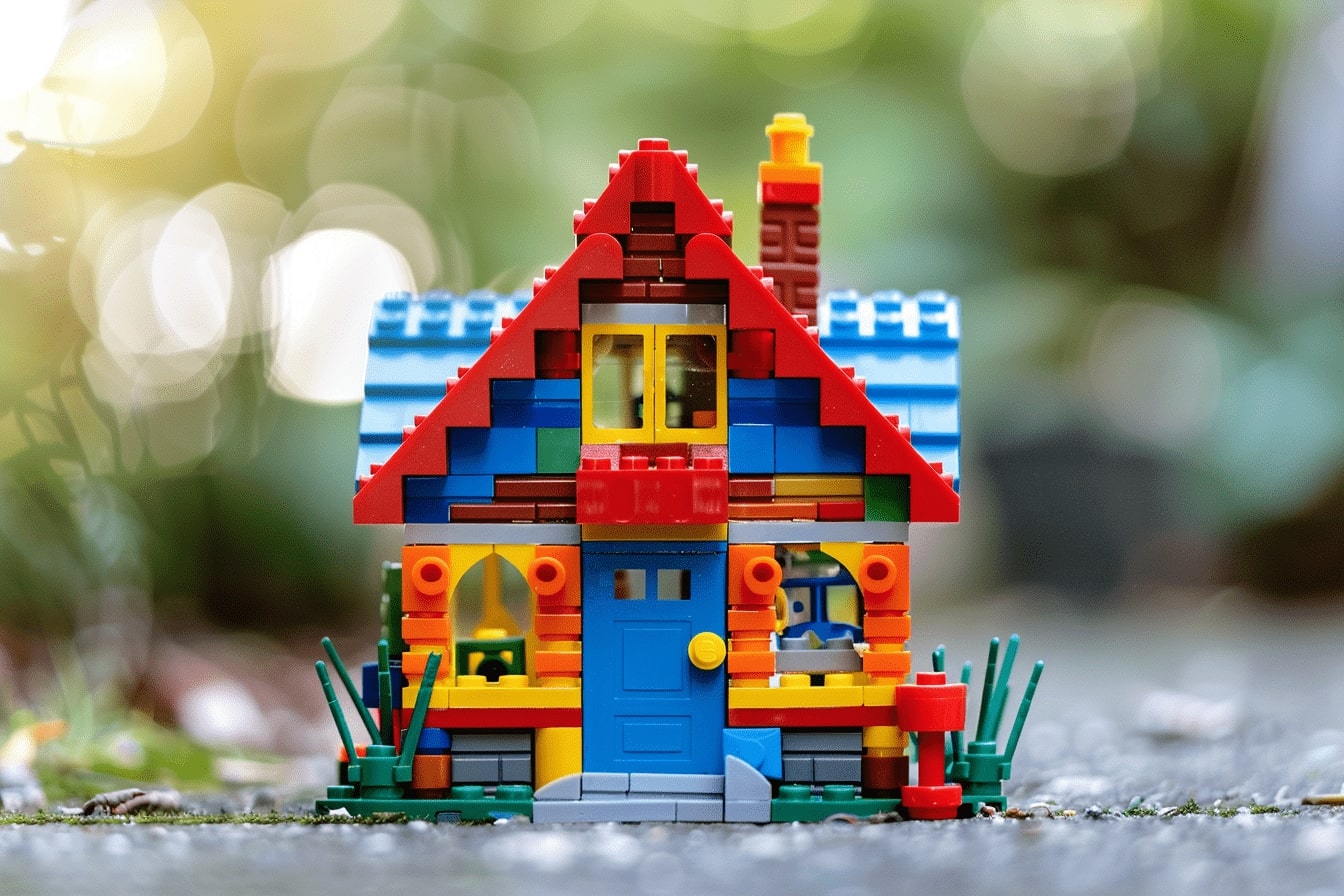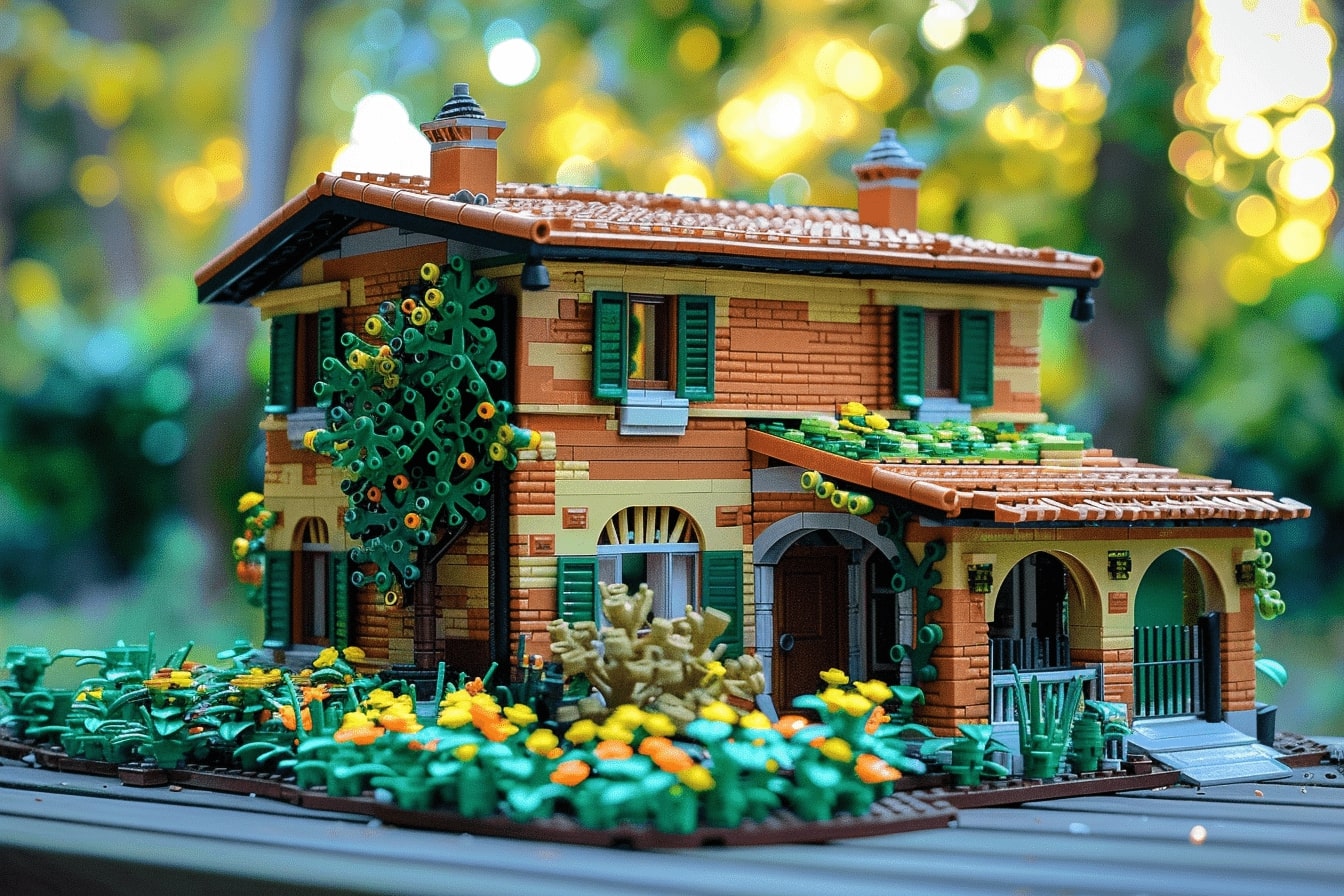- Home
- Articles
- Architectural Portfolio
- Architectral Presentation
- Inspirational Stories
- Architecture News
- Visualization
- BIM Industry
- Facade Design
- Parametric Design
- Career
- Landscape Architecture
- Construction
- Artificial Intelligence
- Sketching
- Design Softwares
- Diagrams
- Writing
- Architectural Tips
- Sustainability
- Courses
- Concept
- Technology
- History & Heritage
- Future of Architecture
- Guides & How-To
- Art & Culture
- Projects
- Interior Design
- Competitions
- Jobs
- Store
- Tools
- More
- Home
- Articles
- Architectural Portfolio
- Architectral Presentation
- Inspirational Stories
- Architecture News
- Visualization
- BIM Industry
- Facade Design
- Parametric Design
- Career
- Landscape Architecture
- Construction
- Artificial Intelligence
- Sketching
- Design Softwares
- Diagrams
- Writing
- Architectural Tips
- Sustainability
- Courses
- Concept
- Technology
- History & Heritage
- Future of Architecture
- Guides & How-To
- Art & Culture
- Projects
- Interior Design
- Competitions
- Jobs
- Store
- Tools
- More
Revolutionizing Construction: Sustainable LEGO Bricks Building Material

Imagine constructing a building as effortlessly as snapping together LEGO bricks. This isn’t just a childhood dream; it’s becoming a reality with innovative building materials inspired by our favorite plastic blocks. Researchers have found that LEGO bricks, made from acrylonitrile butadiene styrene (ABS), can support immense weight—up to 375,000 bricks stacked before failure. While using actual LEGO bricks for construction is impractical due to cost, the concept has inspired groundbreaking solutions.
Recently, a new building system using interlocking blocks made from recycled materials has emerged, offering strength that surpasses concrete. These blocks, composed of recycled glass fibers, resin, and stone, can withstand Category 5 hurricanes and significantly cut construction costs and time. This innovation not only addresses the affordable housing crisis but also promotes sustainable building practices. Let’s explore how this LEGO-like technology is transforming the construction industry.

Table of Contents
ToggleUnderstanding LEGO Bricks as Building Material
The idea of utilizing LEGO-inspired building materials is gaining traction in the construction industry. This section delves into the history, evolution, material composition, and properties of these innovative building materials.
History and Evolution
LEGO bricks, first introduced in the 1960s as educational toys, quickly became a household name. The bricks’ interlocking design taught generations about structure and creativity. Despite their small scale, LEGO’s principles influenced modern construction techniques. In recent years, contractors explored systems comprising interlocking blocks reminiscent of LEGO. These systems use recycled materials to address sustainability, efficiency, and affordability in construction.
Material Composition and Properties
LEGO bricks are made from acrylonitrile butadiene styrene (ABS), a durable plastic. However, the new construction systems inspired by LEGO use more robust and sustainable materials. These interlocking blocks often feature recycled glass fibers, resin, and stone. This composition offers multiple benefits:
- Strength: Surpasses concrete in terms of structural integrity.
- Durability: Resistant to extreme weather conditions, such as Category 5 hurricanes.
- Efficiency: Reduces construction time by simplifying assembly processes.
- Sustainability: Promotes the use of recycled materials, aligning with eco-friendly building practices.
These properties make LEGO-inspired interlocking blocks a significant innovation in modern construction, potentially transforming how we approach building more affordable, sustainable structures.

Innovative Uses of LEGO-Like Building Bricks
Innovations in LEGO-like building materials are transforming the construction industry. These bricks blend sustainability, strength, and efficiency.
Residential Construction
LEGO-inspired materials are ideal for residential construction. These blocks offer improved insulation and energy efficiency compared to traditional methods. In Palm Springs, homes constructed from these materials remain cooler than those built with concrete blocks. The blocks are lightweight, making them easy to handle, and can be quickly assembled onsite, reducing construction time and labor costs.
Commercial and Industrial Applications
Commercial and industrial sectors benefit significantly from LEGO-like building materials. The products’ durability and resistance to harsh weather conditions make them suitable for large structures. For example, Renco’s MCFR system withstands winds up to 275 mph, providing a robust solution for commercial buildings in hurricane-prone areas. Additionally, these materials meet stringent fire-resistance standards, ensuring safety in industrial applications. The versatility of these blocks allows for complex architectural designs and rapid construction, enhancing project efficiency.
These innovative uses of LEGO-like building materials not only push construction boundaries but also align with modern sustainability goals.
Environmental Impact
The environmental impact of using LEGO-inspired building materials extends beyond traditional construction methods. New technologies and materials offer significant benefits in sustainability and recycling.
Sustainability Factors
Sustainability factors play a pivotal role in modern construction. LEGO-inspired materials, particularly those incorporating recycled glass fibers, resin, and stone, reduce reliance on non-renewable resources. These materials show superior strength and durability, contributing to reduced maintenance needs and longer building lifespans. Optimizing material efficiency minimizes waste during production and construction, aligning with sustainable building practices.
Recycling and Reusability
Recycling and reusability are crucial in minimizing environmental impact. LEGO-like blocks made from recycled materials not only repurpose waste but also offer the advantage of reusability. Existing structures built with these materials can be disassembled and reconfigured, significantly reducing demolition waste. The materials support a circular economy by being recyclable and reusable, promoting sustainability in the construction industry.

Future Prospects
The future of using LEGO-inspired building materials in construction seems promising. Technological advances and emerging challenges offer significant opportunities for innovation.
Technological Advances
Technological advances are driving the adoption of LEGO-like building materials in modern construction. The use of precise molding techniques, such as those in LEGO’s manufacturing process, ensures high-quality and uniform components. Siemens NX software suite is crucial here, enabling mold flow and stress analysis to optimize parts. Utilizing materials like Acrylonitrile Butadiene Styrene (ABS) enhances the strength and durability of these blocks.
Incorporating recycled materials, such as glass fibers, aligns with sustainable practices. This approach also qualifies for LEED points, an essential standard in eco-friendly construction. Additionally, advancements in 3D printing technology could further refine the precision and customization of blocks, meeting various architectural requirements.
Conclusion
Lego-inspired building materials offer a transformative approach to construction. Leveraging recycled components like glass fibers, resin, and stone, we reduce reliance on non-renewable resources. These materials provide excellent insulation and fire resistance, aligning with sustainable building practices and addressing environmental concerns. Structures built with these materials demonstrate remarkable durability and can withstand harsh weather conditions, promising longer lifespans.
We see significant potential in their ability to minimize waste through efficient material usage and reusability. The ease of assembly and disassembly facilitates a circular economy, reducing demolition waste. Advances in precise molding techniques and the use of Acrylonitrile Butadiene Styrene (ABS) enhance the quality and consistency of these blocks.
Challenges persist, primarily related to cost and assembly efficiency, but innovation paves the way for broader adoption. Improved fire and insect resistance, quicker assembly processes, and increased affordability can steer Lego-like materials into the mainstream. Embracing these materials could revolutionize construction, making it more sustainable and environmentally friendly.
- eco-friendly building materials
- eco-friendly LEGO bricks
- environmentally conscious architecture
- green building solutions
- Innovative Architecture
- innovative construction techniques
- LEGO bricks
- modular construction techniques
- sustainable architecture trends
- sustainable construction
- Sustainable construction materials
Trained as an architect and seasoned in the editorial trenches, I turn raw design concepts into compelling narratives that resonate beyond studio walls. My work spans in-depth project spotlights, interviews with visionary designers, and analysis pieces that distill complex technical data into accessible insights. Whether polishing copy for publication or generating original features, I draw on years of practice to ensure every sentence captures architecture’s rigor, poetry, and cultural impact—inviting professionals and enthusiasts alike to see the built environment through a sharper, more inspired lens.
Submit your architectural projects
Follow these steps for submission your project. Submission FormLatest Posts
The Ultimate Guide to Fencing in North Dakota: Choosing the Best Fence for Your Property
Watching a chain link fence twist in 70 mph winds near Minot...
Gaudí: Where Architecture Meets Science
Gaudí: Where Architecture Meets Science shows catenary arches, ruled surfaces, and biomimicry...
How Housing Market Forces Shape Architectural Design Today
Architecture never exists in isolation. Buildings rise from a mix of ambition,...
Why Portable Formaldehyde Gas Detectors Matter on Construction Sites
As construction practices shift toward more enclosed and material-intensive environments, the risk...












Leave a comment